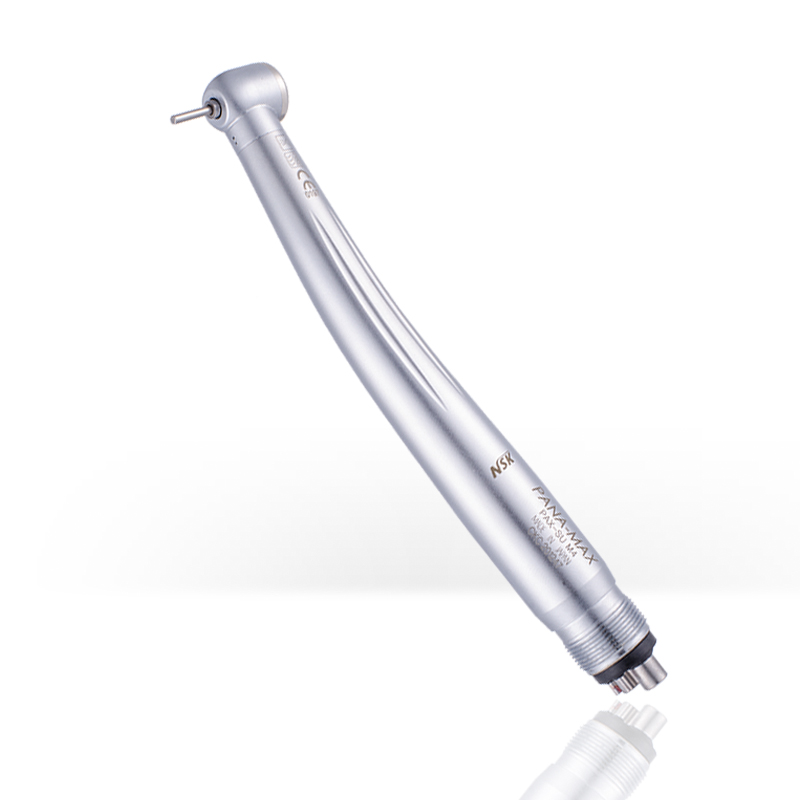
Summary of the Most Complete Knowledge of Dental Burs
(I) Classification by bur diamond grain size

Coarse-grain diamond burs (125-150μm) are marked with black or green color rings;
Standard silicon carbide burs (106-125μm) are marked with a blue color ring;
Fine-grained diamond burs (53-63μm) are marked with a red or colorless ring on the shank;
Very fine-grained emery burs (20-30μm) are marked with a yellow or white color ring.
(B) classification by function

- Grinding burs: For large-scale cutting, burs with a relatively coarse grain size (> 150 μm) are generally used.
- Fine grinding burs: burs smaller than 40 μm are used to fine-tune the grinding and polishing of the tooth surface.
- Short Bing diamond burs: used for tooth preparation with small opening, especially for molar preparation or molar preparation in patients with abnormally thick buccal fat pads.
- Long shank diamond burs: clinical preparation of 1/3 of the gingival region with longer dental crowns.
- Shoulder burs: This type of burs are designed with corundum only on the top of their ends, which are used to trim and prepare the shoulder neck shoulder.
- Slender neck diamond burs: to ensure better exposure of the operating field, so that dental preparation can accurately transition to deep dentin, to ensure minimal dental damage.
0




